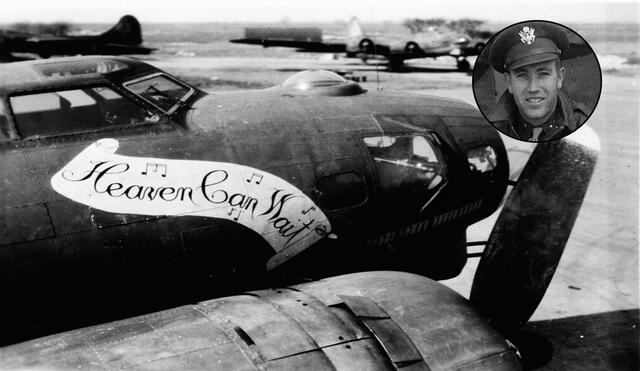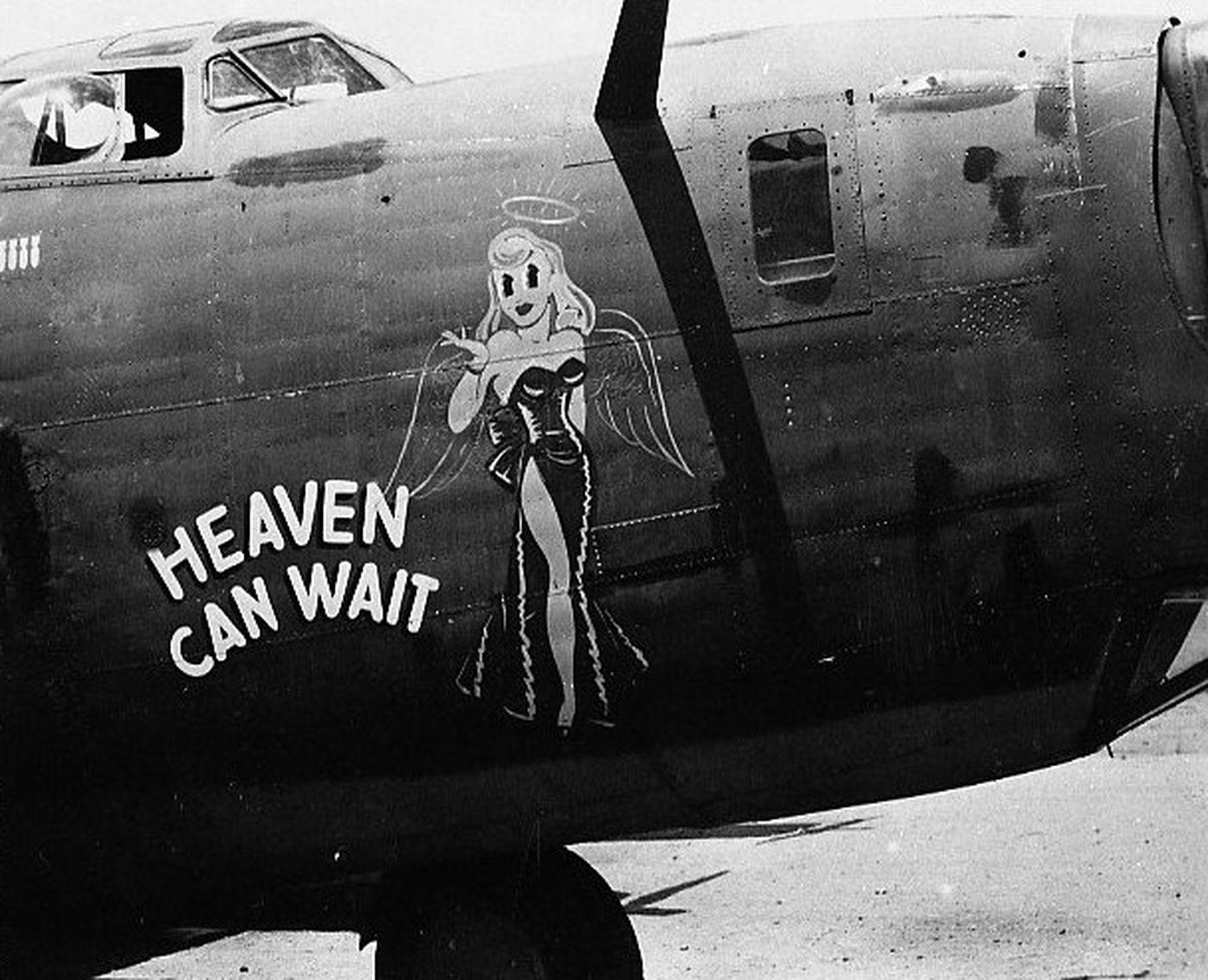After 80 years, WWII Pilot 1st Lt. Herbert G. Tennyson's remains identified and set for honorable repatriation
After 80 years, the remains of 1st Lt. Herbert G. Tennyson, a World War II pilot from Wichita, Kansas, have been identified and are set for repatriation. Tennyson's B-24D "Liberator," "Heaven Can Wait," was lost over Papua New Guinea in 1944.

The saga of World War II pilot 1st Lt. Herbert G. Tennyson has reached a poignant conclusion after eight decades. The Defense POW/MIA Accounting Agency (DPAA) announced that Tennyson's remains have been positively identified, bringing closure to a story that began in the turbulent skies over Papua New Guinea.
Tennyson, a native of Wichita, Kansas, served as a pilot with the 320th Bombardment Squadron, 90th Bombardment Group, 5th Air Force. On March 11, 1944, he piloted the B-24D "Liberator" nicknamed "Heaven Can Wait" on a mission targeting enemy positions at Boram Airfield and Awar Point. Tragically, the aircraft was downed, leading to the loss of all crew members.

The B-24D "Liberator" nicknamed "Heaven Can Wait". Photo: iModeler.

ALSO SEE: These rare 1932 Washington Quarters could be worth up to $140,000: Here’s how to spot them
Decades-long search culminates in discovery
Following the war, extensive searches by the American Graves Registration Service yielded no leads, and the crew was declared non-recoverable in 1950. However, between 2013 and 2017, the family of 2nd Lt. Kelly, the bombardier on "Heaven Can Wait," conducted thorough archival research, uncovering valuable documents and eyewitness accounts. Collaborating with Dr. Scott Althaus of the University of Illinois at Urbana-Champaign, they amassed critical information that reignited the search efforts.
In October 2017, Project Recover, a partner organization of the DPAA, located the wreckage of a B-24 aircraft in Hansa Bay during sonar scans. Subsequent surveys by a DPAA underwater investigation team in 2019 included visual inspections and the clearance of unexploded ordnance. A dedicated underwater recovery team excavated the crash site between March 9 and April 13, 2023, recovering possible human remains, life support equipment and identification tags. The DPAA Laboratory utilized dental and anthropological analyses, material evidence and mitochondrial DNA analysis by the Armed Forces Medical Examiner System to confirm Tennyson's identity.
Honoring a hero's return
Tennyson's name is inscribed on the Walls of the Missing at the Manila American Cemetery and Memorial. A rosette will be placed beside his name to signify his accounting. Plans are underway to inter Tennyson's remains in Wichita, Kansas, with the date yet to be determined. This identification not only honors Tennyson's service but also underscores the relentless efforts of agencies and families to bring closure to the stories of missing servicemen.
"We all just were sharing the same reaction, just profound grieving and tears and strong emotional response that none of us expected because none of us, but my mom, had met him," Althaus, a political science professor at the University of Illinois Urbana-Champaign campus, told USA TODAY. Tennyson's relatives couldn't immediately be reached. DPAA has identified the remains of 1,155 World War II soldiers since the agency's 2015 creation, Everett said.











